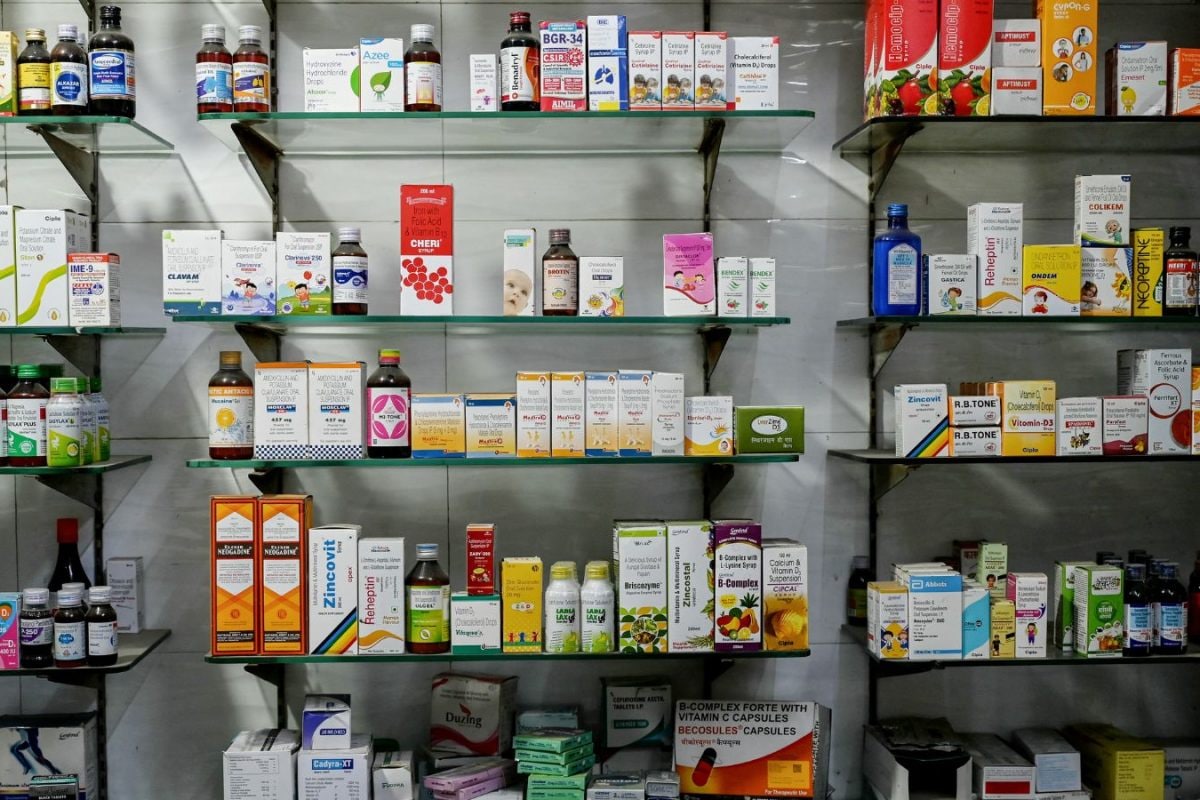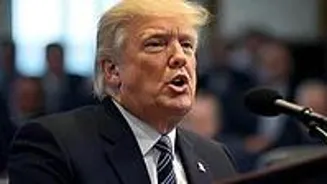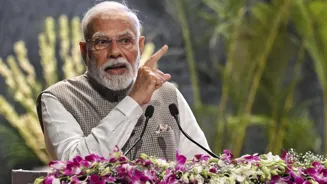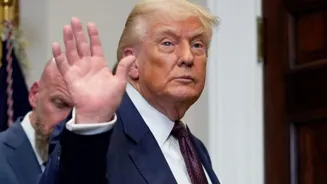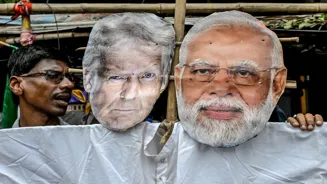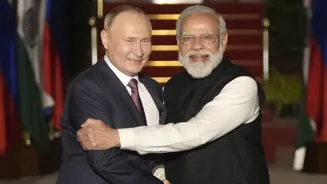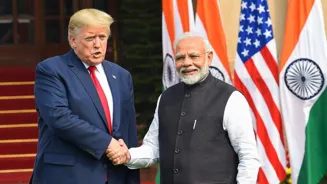India has become too central to global drug supply to be marginalised – not even by the United States – so much so that it has made itself “irreplaceable”.
The chief of India’s pharmaceuticals export body,
Namit Joshi told News18 that India exports 55 percent to the United States and United Kingdom – the most stringent markets in the world.
“We export 55% to the US and UK – the most stringent markets in the world. Imagine the level of compliance the Indian industry has achieved,” said Joshi, who is the chairman of Pharmaceuticals Export Promotion Council of India (Pharmexcil), a body under the Ministry of Commerce and Industry.
For Joshi, the latest tariff talk is more about politics than policy. “There is a big difference between announcement and reality,” he said. “On diplomatic levels, such announcements, I believe, are made to enter into bilateral negotiations.”
He cited US President Donald Trump’s repeated threats – to India, China, Canada, and Mexico. “All those deals are still open. Talks are ongoing. Nothing conclusive yet… hence, there is no need to panic only about the announcements.”
Even if the US imposed tariffs, the impact would boomerang. “Indian drugmakers are not manufacturing niche products but low-cost generics,” he said. “These firms are not in a position to absorb the tariffs… the burden of the increased cost would go directly to the American buyers.”
Joshi is clear: the US cannot replicate India’s drug ecosystem anytime soon.
“As much as Trump wants to MAGA (Make America Great Again), the US can’t replace India,” he said. “Fixed costs in the US are too high, 42% of the population is obese, average chronic disease-free life is just 63 years – there’s huge demand for medicines. But they don’t have the talent or cost base to make them locally,” he said.
He added: “For now, and for the foreseeable future, the world still needs Indian drugs. And India is ready to deliver.”
GLOBAL DEMAND, LOCAL FRAGILITY
The US remains dependent on India for affordable medicines – and that’s unlikely to change anytime soon. “The US won’t be able to develop our capabilities to manufacture low-cost drugs overnight,” Joshi said.
“It will take at least two to three years to develop a local industry – and I’m not sure they’ll find the right skill and talent even then,” he said.
India’s cost advantage isn’t the only barrier. “We spend 12% of industry earnings just to maintain US FDA-approved facilities,” he says. “Countries like Pakistan, Bangladesh, China, Sri Lanka – they have all tried to compete. But they haven’t matched us on quality or pricing, he added.”
China, despite its strength in chemicals and backward integration, still lags in formulations. “It is a leader in producing KSMs and intermediaries, supplying to the globe, yet it is still not able to match India’s capabilities and pricing.”
THE WORLD IS WATCHING – AND ALSO LEARNING
Many governments may be pursuing localisation, but their strategies look very different from India’s. “Localising drug manufacturing is not everyone’s play,” Joshi said. “The Netherlands is coming to iPHEX this year; they’re developing a local pharma, but focused on high-end, expensive products. That won’t hurt us. If anything, they’re learning from us,” he said.
Pharmexcil is set to host its annual international expo, iPHEX, at Bharat Mandapam in New Delhi from September 4 to 6. For the first time, it is being organised without any financial support from the Centre.
“The event will host 350 international delegates from over 100 countries, including regulators, buyers, and policymakers. Exhibitors will showcase Indian strengths in APIs, formulations, diagnostics, digital health, biosimilars, and more,” Joshi said.
BEYOND GENERICS: INNOVATION MUST DRIVE THE NEXT WAVE
India’s pharmaceutical exports have grown at a compound annual rate of 11 percent over the past decade, with a 9.54 percent increase last year alone. But Joshi knows generics alone won’t fuel the future.
“The next growth lever will be achieved via innovation,” he said. “Biologics, CAR-T therapies, oncology, transplant medicines, super-speciality areas – this is where the next frontier lies.”
He cites Wockhardt’s Zaynich as a made-in-India innovation that marks a turning point. “We can plan our generic pipeline around upcoming patent expiries like Semaglutide, but original innovation is what will add real value.”
